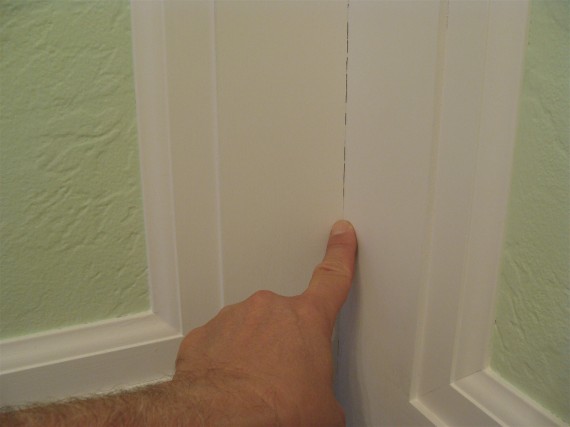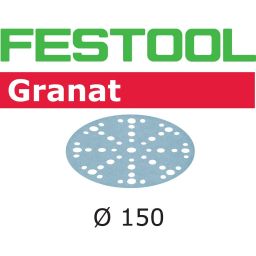I seldom disagree with
@JobAndKnock but with your existing mitre gap, I would use a "lightweight" filler such as Red Devil OneTime or Toupret RedLite rather than a two pack filler given that the gap is pretty small. He is a carpenter par excellence, I am a pretty good decorator.
I would however agree that the mitres should have been glued. You might benefit from pushing some PVA glue in to the gap (wiping away the excess). When dry, fill with the light weight filler (and not a tub of 1 part old school filler- or powdered filler that you add water to).
The light weight fillers do not shrink. Please be aware that the "regular" tubs of 1 part filler will shrink, as will the fillers that you mix with water (as
@JobAndKnock said). A disadvantage of the lightweight fillers is that that they are very soft but they are ideal for tiny gaps (and pin holes). I normally sand them using 180 grit silicone carbide paper (the grey paper).
2 pack fillers do not shrink, but they are not flexible. If, for example, you were to fill a counter sunk 5mm screw hole in MDF skirting board, After a year or two, the filler will be pushed out by about 0.25(?) mm as the MDF expands and contracts. Regular (rubbish) 1 part fillers will possibly (almost) fall out after 10 years. The light weight filler will be the most forgiving but given the hole size it is the most difficult to sand flat without leaving a very, very, slight divot. If you had timber architraves, given the gap size, I would have used 2 pack filler, on the flat surfaces.
One major plus for the light weight filler is that you will be able to sand it (by hand) without cutting through the pre-primed finish on the MDF. It might sound silly but once you hit the brown of MDF, it takes quite a few coats to obliterate the colour change.
Where the architrave meets the plaster and door liner, I would use a decent caulk. My go to brand is Everbuild 125. I would however prime the door liner first with water based primer. If you don't you may find that the caulk will soak in a little bit to quickly and when you run a wet finger over it, the thinner (outer) edge may be slightly ragged (ie not smooth)
Personally, I hate painting pre-primed MDF architraves. The manufacturer routers them and then sprays waterbased paint on them without any consideration of the "grain" raising. If faced with your architrave I would expect to spend an hour trying to flatten the finish on the rounds/curves. If it were timber, 10 minutes. Sorry, not a criticism of you, I understand why people use MDF mouldings but if you want them painted to a high standard, it requires a lot more work than well machined timber.






